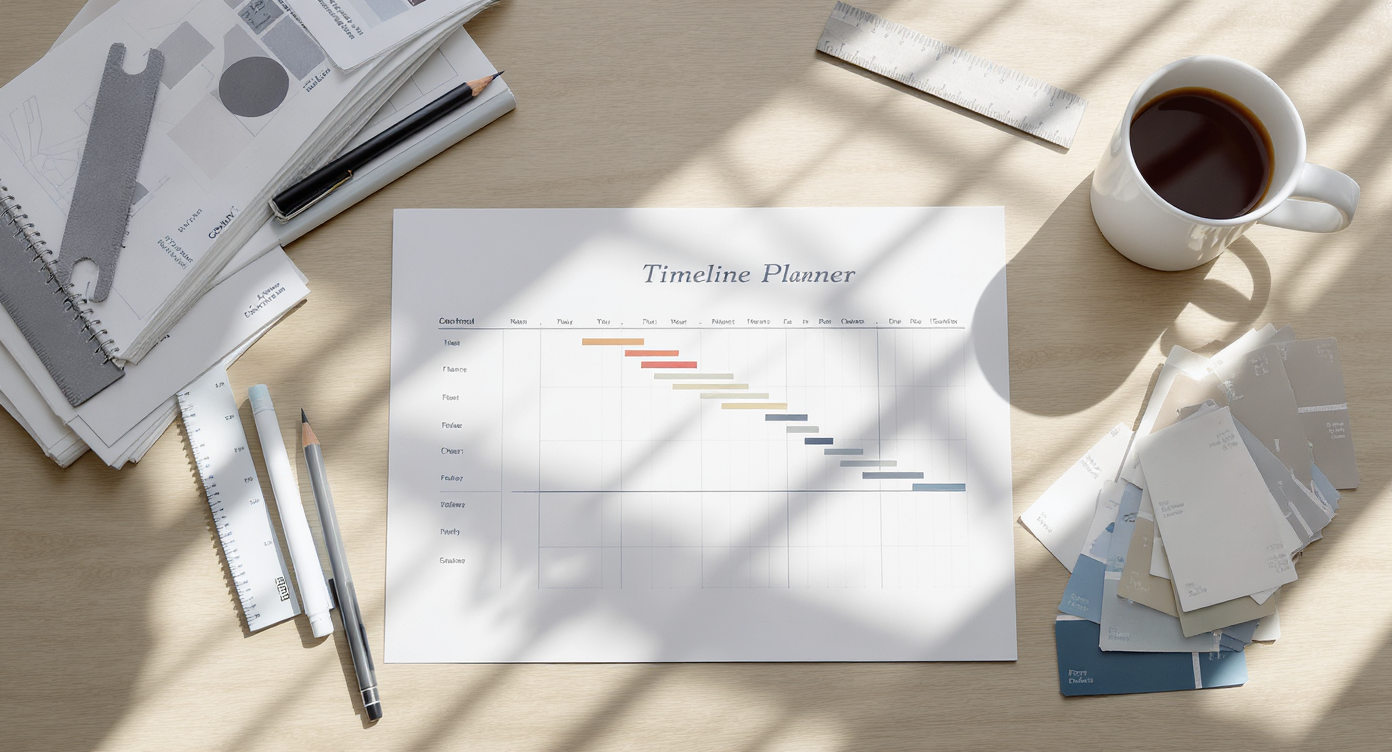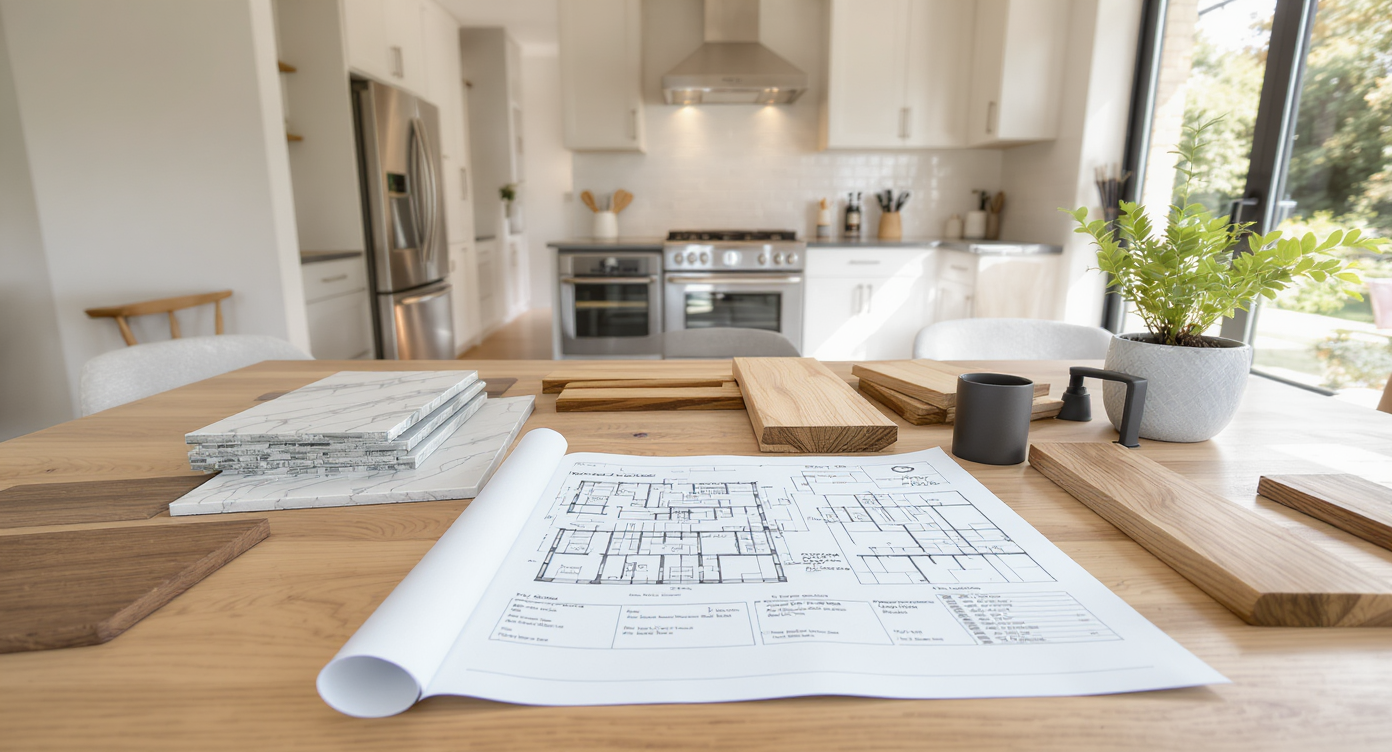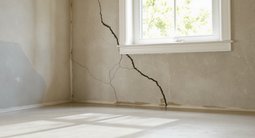TL;DR
Plan your renovation timeline the right way: start early, add buffers, lock materials, and build a clear home remodel schedule that sticks. To stay on track, begin planning 3–6 months before any hard deadline, add 20–30% contingency for time and budget, and sequence work around permits and material lead times. This how to plan a renovation timeline guide shows typical durations, a week-by-week flow, and pro tactics for keeping your contractor accountable.
A renovation timeline that actually works

Use organized timelines and color-coded milestones to manage complex renovation schedules effectively.
Renovations are exhilarating until the calendar gets involved. A solid renovation timeline turns big ideas into a manageable home remodel schedule, whether you’re tackling a bathroom refresh or a full kitchen gut. If you’ve ever wondered how to plan a renovation timeline without derailing holidays or move-in dates, start here.
Here’s the thing: projects rarely slip because of one giant mistake. They slip by a dozen small ones. Permits take longer than expected, the tile you love is backordered, and decisions stall your crew. Designers often advise building the schedule backward from a realistic completion date, adding buffers at every step.
In practical terms, that means locking scope early, ordering long-lead materials before demolition, and setting weekly check-ins. A simple Gantt chart or calendar milestones can save weeks. Keep reading for durations you can bank on and a timeline template you can adapt in an afternoon.
Alt text idea: “Renovation timeline with milestones and buffers.” Caption: “A clear home remodel schedule aligns design, permits, materials, and build.”
Core Strategy for renovation project
Core Strategy / Direct Answer
Start your renovation timeline 3–6 months before any hard deadline, add a 20–30% buffer for both time and cost, and order long-lead materials before demo.
Plan backward, then layer buffers
Build the schedule from the date you want to move back in or host that big dinner. Block non-negotiables first: permits, inspections, and lead times. Then add a buffer of 20–30% per phase. Experts recommend weekly site meetings to keep crews aligned and issues visible early.
Typical durations by project type
- New floors: 1–3 weeks depending on square footage and acclimation time.
- Bathroom remodel: 4–12 weeks depending on plumbing moves and tile complexity.
- Kitchen remodel: 8–20 weeks; add 2–4 weeks if moving walls or utilities.
- Basement finish: 8–16 weeks, often tied to inspection cadence.
- Ground-up home: 18–30 months; small additions under 1,000 sq. ft.: 8–12 months.
The step-by-step timeline template
- Pre-design and scope lock (2–4 weeks): document must-haves, measurements, and a rough budget. Freeze scope before you price.
- Design and pricing (3–6 weeks): get drawings, select finishes, and collect at least two bids. Ask for a line-item schedule of values.
- Permits and approvals (2–10+ weeks): timelines vary by municipality; some require midpoint inspections. Submit complete, clean plans to avoid rejections.
- Order long-lead items (same week permits are submitted): cabinetry 6–12 weeks, windows/doors 8–14 weeks, appliances 4–10 weeks, specialty tile 3–10 weeks.
- Site prep and demolition (1–2 weeks): protect adjacent rooms and set up dust control. Establish a temporary kitchen if needed.
- Rough-in work (2–4 weeks): framing, plumbing, electrical, HVAC. Schedule rough inspections at least 48–72 hours ahead.
- Close-up and finishes (3–8 weeks): drywall, flooring, cabinets, tile, paint, fixtures. Sequence to avoid rework, e.g., install floors before baseboards.
- Final inspections and punch list (1–3 weeks): walk the space with blue tape, list items, and hold a small retainage until completion.
Keep accountability visible
Put the target completion date in the contract and tie it to milestones. Many homeowners add a liquidated damages clause for overruns that impact temporary housing or rental costs.
User insight: The happiest renovators I meet treat schedule like a budget. They “spend” time intentionally, save some for surprises, and review it weekly.
Alt text idea: “Kitchen remodel timeline Gantt chart.” Caption: “Sequencing cabinets, countertops, and inspections reduces idle days.”
Anecdote
A family targeting a Fourth of July party started in February, ordered cabinets the same week permits were filed, and held 15-minute Friday standups. A two-week window delay slid painting but not the finish line, and the grill flipped on right on time.
Common Mistakes & Misconceptions
Common Mistakes & Misconceptions
Most delays come from underestimating permitting, lead times, and decision bottlenecks, not from slow crews.
- Planning around a holiday. It’s tempting to aim for Thanksgiving. Don’t. Start 3–6 months earlier or shift the celebration. Build 20–30% schedule contingency.
- Ordering materials after demo. Cabinets or windows can take 8–14 weeks. Order before demolition so trades aren’t waiting on boxes.
- Scope creep mid-build. Changing tile patterns or moving outlets adds days across multiple trades. Freeze scope after pricing.
- Permitting assumptions. Some cities require multiple inspections. Call planning offices early and ask for typical timelines and checklists.
- Vague contracts. Without a milestone schedule, everyone’s guessing. Attach a week-by-week plan with payment tied to defined deliverables.
Alt text idea: “Permit documents and stamps.” Caption: “Clean, complete submissions shorten the permitting phase.”
Pro Tips, Expert Insights, and Real Stories
Pro Tips, Expert Insights, and Real Stories
Designers often advise locking decisions early, sequencing trades tightly, and holding weekly 20-minute standups on-site for fast issue resolution.
Pro tips
- Run parallel paths. Submit permits the same week you finalize key selections to overlap waiting periods.
- Create a decision calendar. List when you must choose tile, paint, lighting, and hardware. Missed decisions idle crews.
- Pre-walk inspections. Do a mock inspection 24 hours beforehand to catch small misses like nail plates or strap requirements.
- Weather buffer. For exterior work, add 1 weather day for every 4 scheduled during rainy seasons.
- Photo log. Photograph open walls with measurements. Future you will bless past you when hanging cabinets or troubleshooting.
- Payment pacing. Tie payments to passed inspections or completed phases, not just dates.
- Neighborhood diplomacy. Post daily work hours and a contact number. Fewer complaints mean fewer stops.
Anecdotes & real stories
- The holiday sprint that almost broke them. A couple aimed to finish a kitchen by mid-November. Their range was backordered 6 weeks. Because they ordered before demo, they slid cabinetry installs to keep trades busy and hosted December dinner on time.
- Basement win via pre-inspections. A homeowner booked a pre-walk with their electrician and caught missing AFCI breakers. The official inspection passed first try, saving a week.
- Scope freeze saves sanity. One client kept adding recessed lights. After week two, they froze scope, finished on schedule, then planned a phase-two lighting tweak later.
- DIY with a safety net. A handy owner tiled a bath over weekends but hired a pro for waterproofing and plumbing rough-in. The hybrid approach held the 8-week plan.
Alt text idea: “Homeowner meeting with contractor over a Gantt chart.” Caption: “Weekly check-ins catch issues before they become delays.”
Tools, Resources, and a Visual Walkthrough
Tools, Resources, and a Visual Walkthrough
A simple tool stack can turn chaos into clarity.
- Gantt or calendar app: Any calendar works; color-code design, permits, materials, and build phases.
- Shared photo album: Store daily progress, delivery labels, and serial numbers.
- Punch-list app or spreadsheet: Log defects with photos, responsible trade, and target dates.
- Visual planning: Use ReimagineHome to test layouts and finishes before you order. Seeing options early shortens decision time.
Walkthrough scenario: You’re planning a kitchen remodel timeline for a June reveal. In January, you finalize scope and submit permits. The same week, you order cabinets and appliances. February is design details and pricing. March handles demolition and rough-ins. April sees drywall and flooring. May installs cabinets, tops, and tile. Early June is paint, punch list, and a Friday final clean. Because you added a 20% buffer, a two-week countertop delay didn’t sink your date.
Alt text idea: “Kitchen remodel calendar view from January to June.” Caption: “Start early, overlap tasks, and protect your finish line.”
Visualization Scenario
Picture this: tape on the floor outlining your new island, sticky notes marking outlets, and a calendar with color-coded phases. Pink is design, blue is permits, green is materials, orange is build. Every Friday you move tasks, not dates, and the room steadily matches the plan in your hand.
FAQ
FAQ
How do I plan a renovation timeline?
List scope, build backward from a target date, and add 20–30% time buffer to each phase. Lock long-lead materials before demolition and schedule weekly site check-ins.
What is a realistic kitchen remodel timeline?
A typical kitchen remodel timeline runs 8–20 weeks, plus 2–4 weeks if moving walls or utilities. Order cabinets and appliances 6–12 weeks in advance.
How much contingency time should I add to a renovation?
Most designers advise adding 20–30% contingency to the renovation timeline and budget. Apply the buffer per phase so small slips don’t snowball.
Do I need permits for a bathroom remodel?
Many bathrooms require permits for plumbing, electrical, or structural changes. Call your local building office and plan for 2–10+ weeks for approvals and inspections.
How do you keep a contractor on schedule?
Use a milestone-based home remodel schedule with weekly meetings and payments tied to completed phases or passed inspections. Document progress with photos and punch lists.
Bring the plan to life
Renovations reward the prepared. Build your renovation timeline backward from a realistic date, pad each phase by 20–30%, lock materials early, and make the schedule as visible as the budget. Do that, and you’ll feel less like you’re chasing the project and more like you’re leading it.
Ready to see the plan before you swing a hammer? Mock up layouts and finishes with ReimagineHome, then plug those decisions into your schedule and move forward with confidence.
.svg)

.svg)














.png)